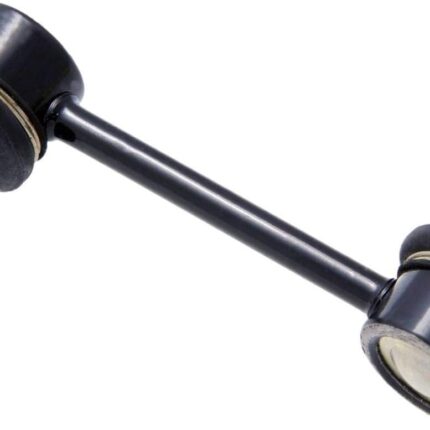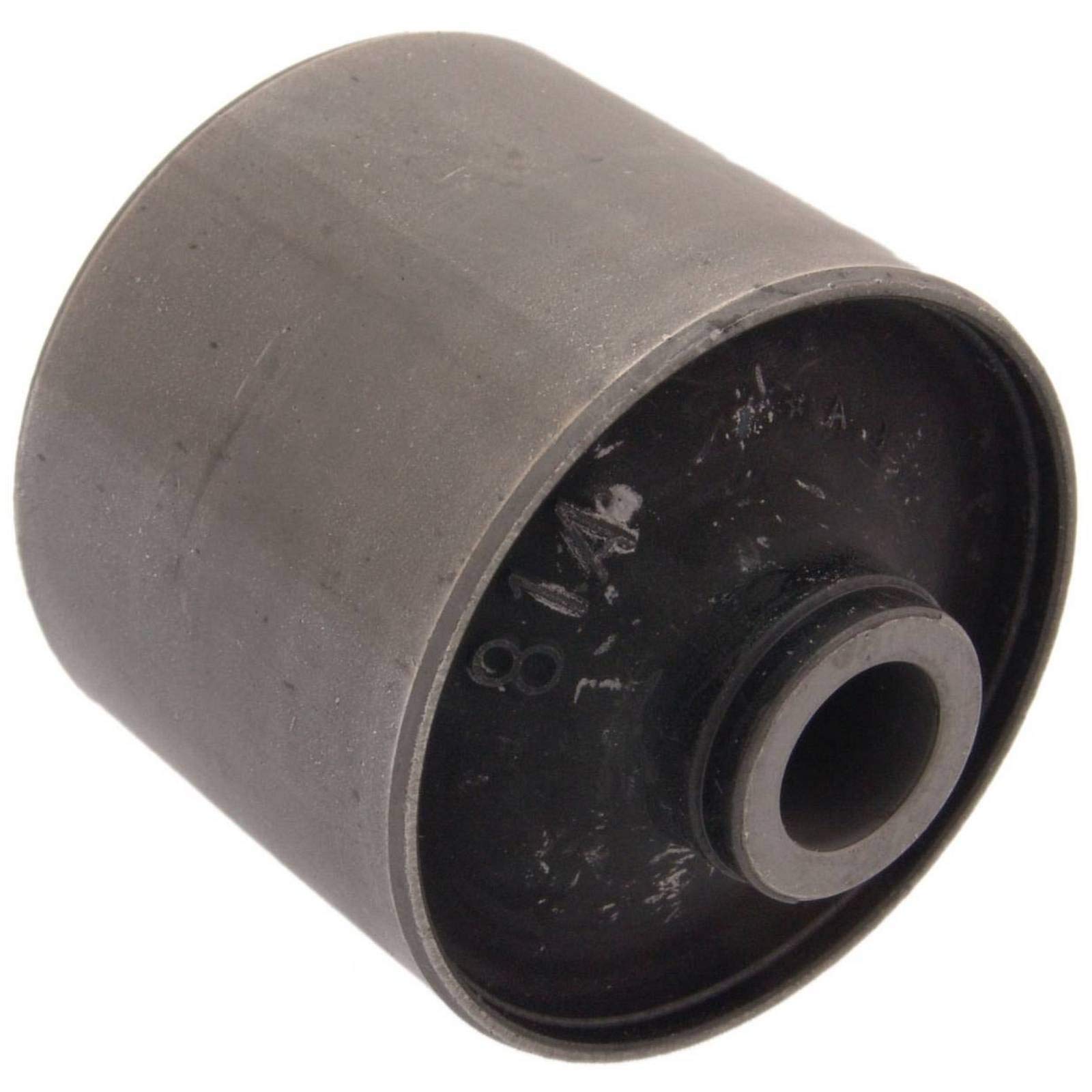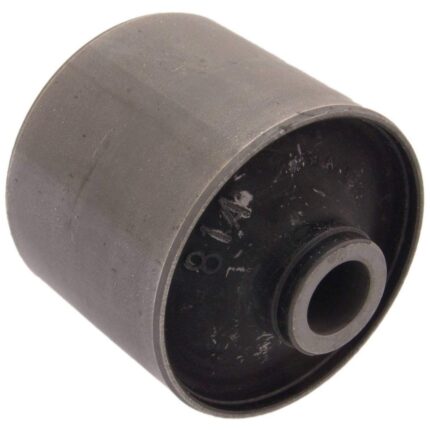Get Suzuki Alto / Swift Rear Axle Rod Arm Bush
The rear axle rod arm bushing, also known simply as the rear axle bushing, is a crucial component in a vehicle’s suspension system, particularly in rear-wheel-drive (RWD) or all-wheel-drive (AWD) vehicles. Its primary function is to provide cushioning and support for the rear axle assembly, allowing for controlled movement of the axle while maintaining alignment and stability. Here’s a detailed overview of its functions, signs of wear, and maintenance considerations:
Functions of Rear Axle Rod Arm Bushing
- Suspension Cushioning and Damping
- Primary Function: Absorb shocks and vibrations transmitted from the road surface through the rear axle assembly.
- Details: The bushing’s rubber or polyurethane construction helps dampen impacts and vibrations, providing a smoother ride quality for passengers.
- Axle Alignment and Stability
- Primary Function: Maintain proper alignment of the rear axle relative to the vehicle’s chassis.
- Details: The bushing supports the rear axle rod arm or control arm, ensuring it stays securely attached to the vehicle frame or body. This alignment is crucial for vehicle handling, stability, and tire wear.
- Noise and Vibration Reduction
- Primary Function: Minimize noise and vibration transmitted into the vehicle cabin.
- Details: A well-functioning bushing absorbs and isolates road noise and vibrations, enhancing driving comfort and reducing fatigue during long journeys.
-
Signs of Worn or Failing Rear Axle Rod Arm Bushing
- Knocking or Clunking Sounds
- Description: Audible noises, such as knocking, clunking, or banging, especially when driving over bumps or uneven road surfaces.
- Details: Worn rear axle rod arm bushings may allow excessive movement or play in the rear axle assembly. This can cause components to impact against each other or against the vehicle frame, resulting in noticeable noises.
- Increased Steering Wander
- Description: The vehicle feels less stable or wanders while driving, particularly at higher speeds or when changing lanes.
- Details: As rear axle rod arm bushings wear out, they lose their ability to properly support and stabilize the rear axle assembly. This can lead to changes in rear axle alignment and affect steering stability, causing the vehicle to feel less controlled.
- Vibration or Shaking
- Description: Vibrations or shaking felt through the vehicle, especially at specific speeds or during acceleration.
- Details: Worn bushings may allow excessive movement of the rear axle assembly, resulting in vibrations that can be felt throughout the vehicle. This often occurs during acceleration or when going over uneven road surfaces.
- Uneven Tire Wear
- Description: Abnormal wear patterns on the rear tires, such as excessive wear on the inner or outer edges.
- Details: A failing rear axle rod arm bushing can lead to misalignment of the rear axle assembly. This misalignment causes uneven contact between the tires and the road surface, resulting in uneven tire wear.
- Harsh Ride Quality
- Description: Increased harshness or stiffness in the vehicle’s suspension, especially over bumps or rough roads.
- Details: As bushings deteriorate, they lose their ability to absorb shocks and impacts effectively. This can lead to a rougher ride quality for passengers, with more pronounced bumps and jolts felt inside the vehicle.
- Visible Wear or Damage
- Description: Visual inspection reveals cracked, torn, or deformed rubber or polyurethane bushings.
- Details: Over time, rear axle rod arm bushings can deteriorate due to age, exposure to road salts, or contaminants. Cracks, tears, or visible damage in the bushing material indicate that they are no longer able to provide adequate support and cushioning for the rear axle assembly.
- Fluid Leaks
- Description: Presence of fluid leaks around the rear axle assembly.
- Details: In some cases, worn bushings can lead to damage to seals or gaskets around the rear axle assembly. This can result in fluid leaks, such as differential fluid leaks in vehicles equipped with rear-wheel or all-wheel drive.
Importance of Addressing Worn Rear Axle Rod Arm Bushings
Addressing signs of worn or failing rear axle rod arm bushings promptly is important for several reasons:
- Safety: Worn bushings can compromise the stability and handling of the vehicle, potentially leading to loss of control, especially during emergency maneuvers.
- Comfort: Properly functioning bushings contribute to a smoother ride by reducing noise, vibrations, and harshness (NVH) transmitted into the cabin.
- Longevity: Maintaining the rear axle rod arm bushings helps prevent premature wear of other suspension components and ensures the vehicle’s suspension system operates efficiently over time.
- Knocking or Clunking Sounds
Maintenance and Replacement
To ensure optimal performance and longevity of rear axle rod arm bushings:
- Regular Inspection: Periodically inspect bushings for signs of wear, damage, or deterioration during routine maintenance checks.
- Replacement: Replace worn or damaged bushings promptly with high-quality replacements that match your vehicle’s specifications.
- Professional Service: Consider having a qualified mechanic perform the replacement, as it may require specialized tools and expertise to remove and install bushings correctly.
- Alignment Check: After replacing rear axle rod arm bushings, ensure proper wheel alignment to maintain vehicle stability and prevent premature tire wear.
Follow us on Facebook for more parts.




